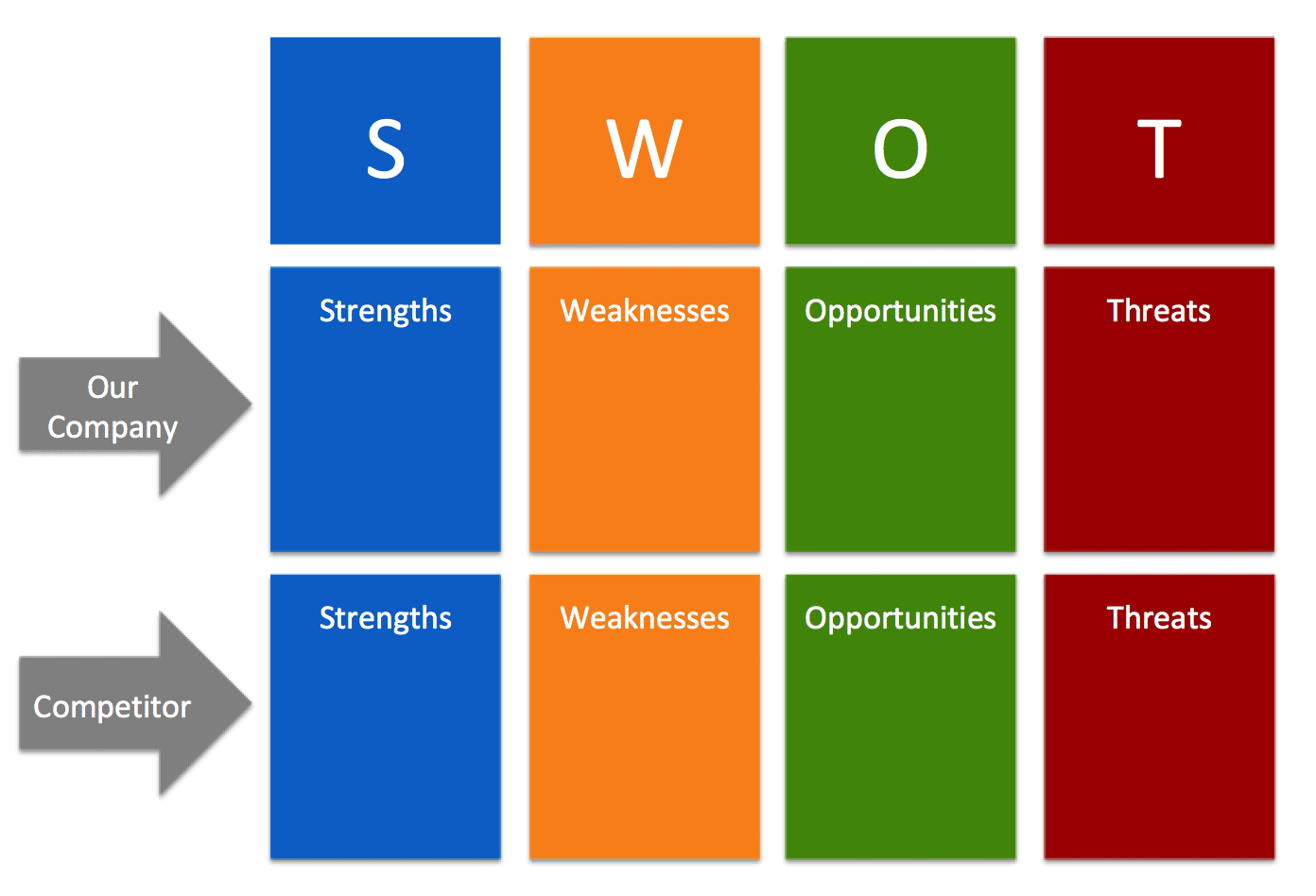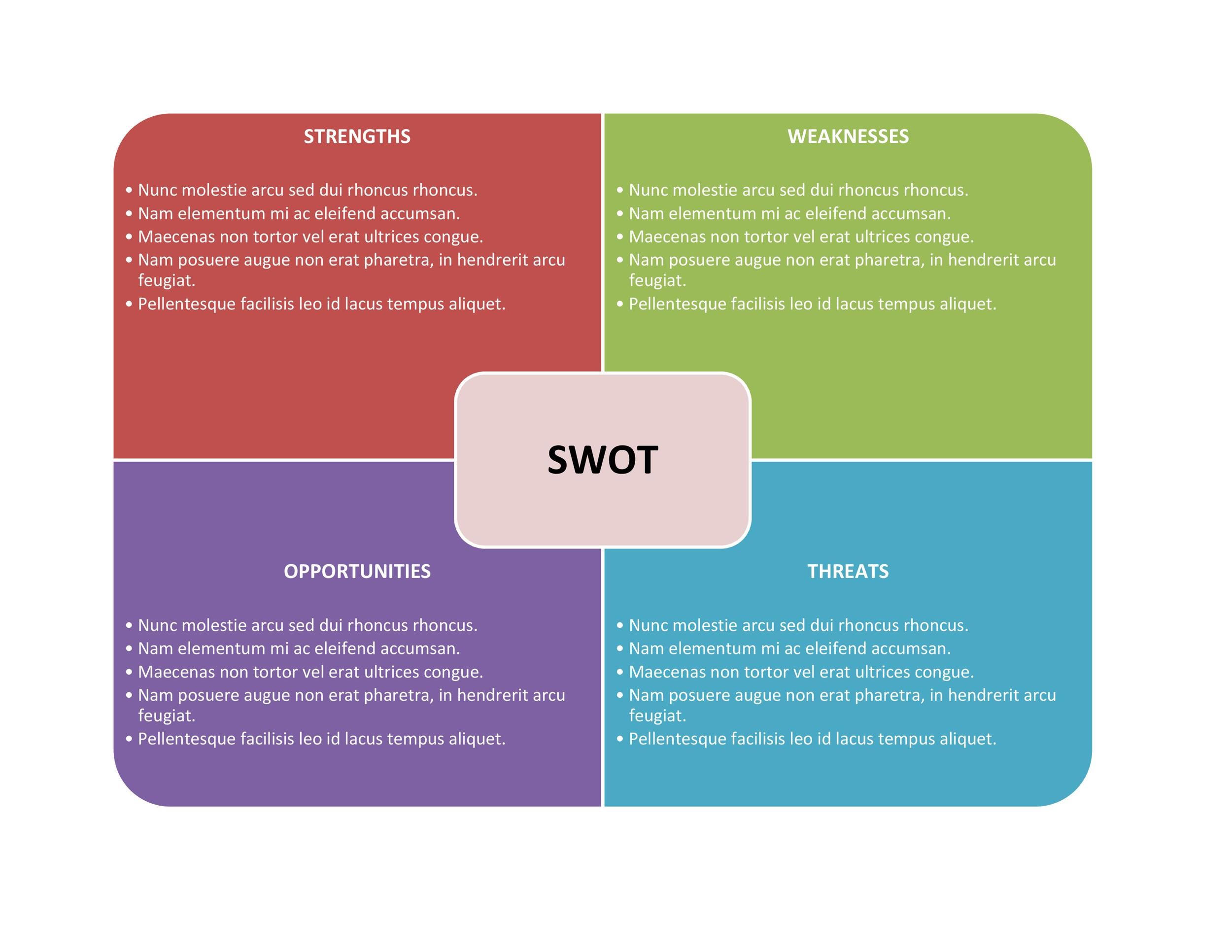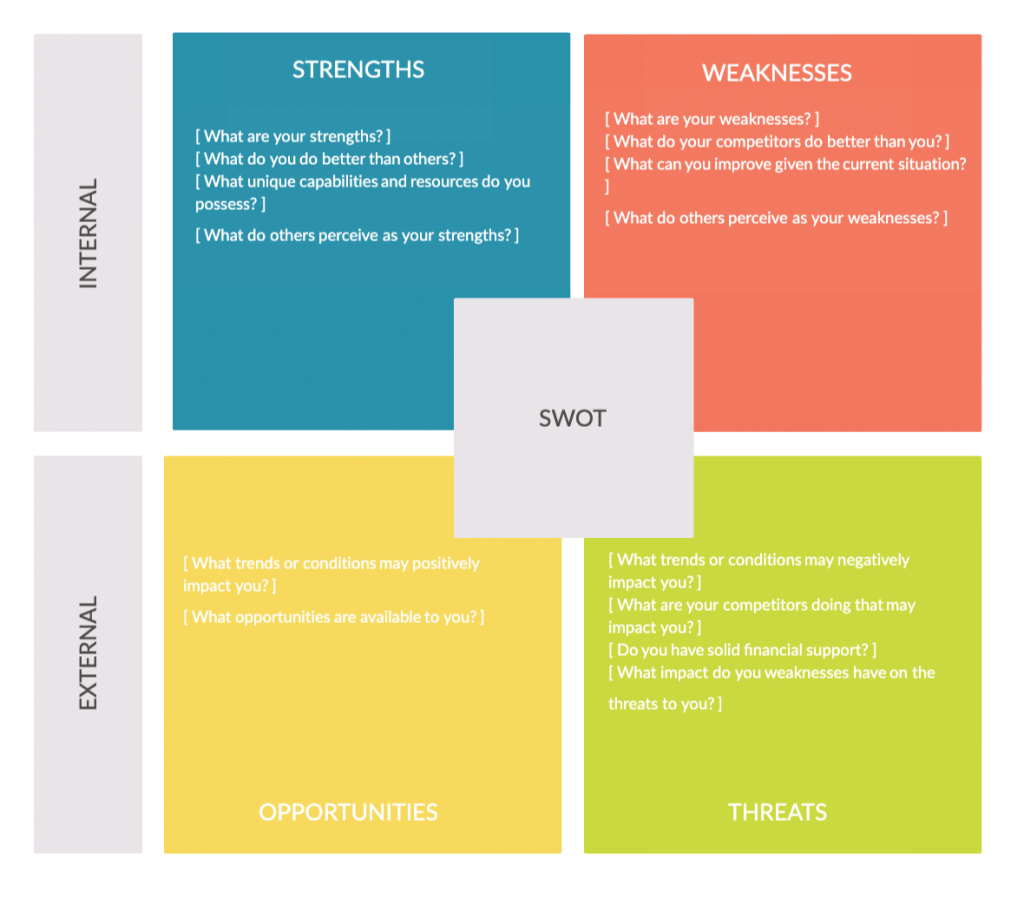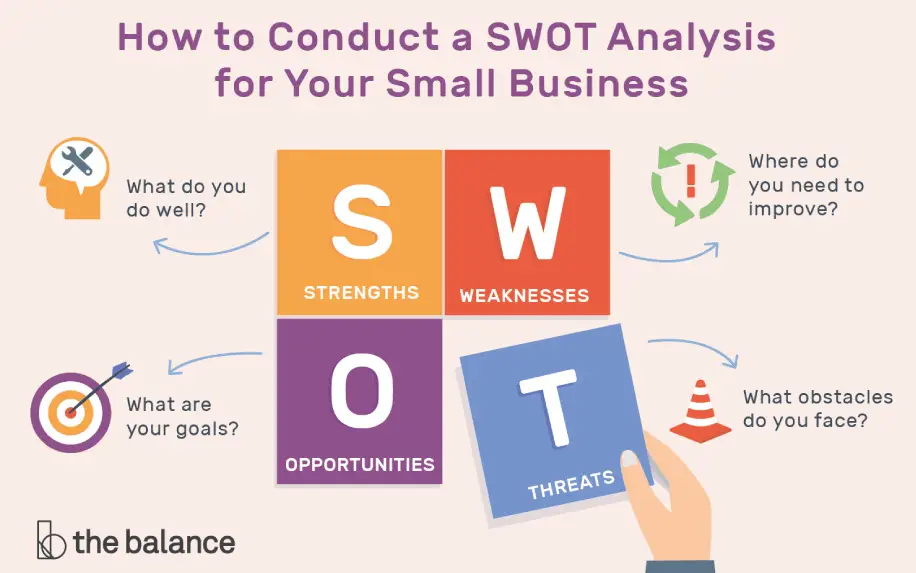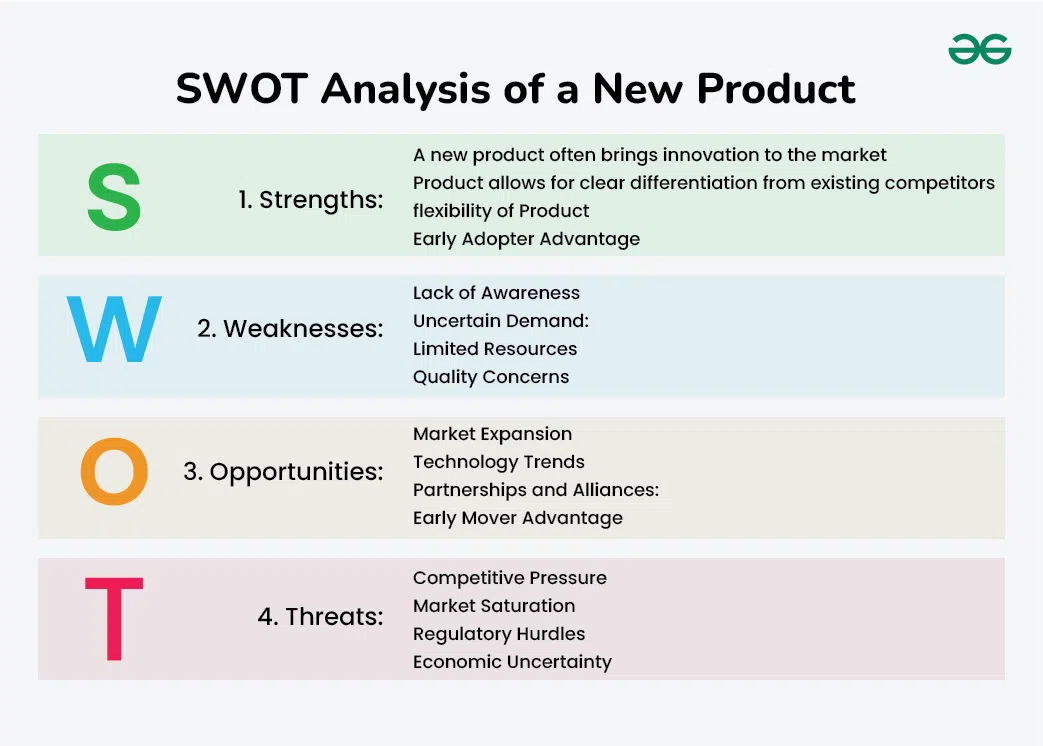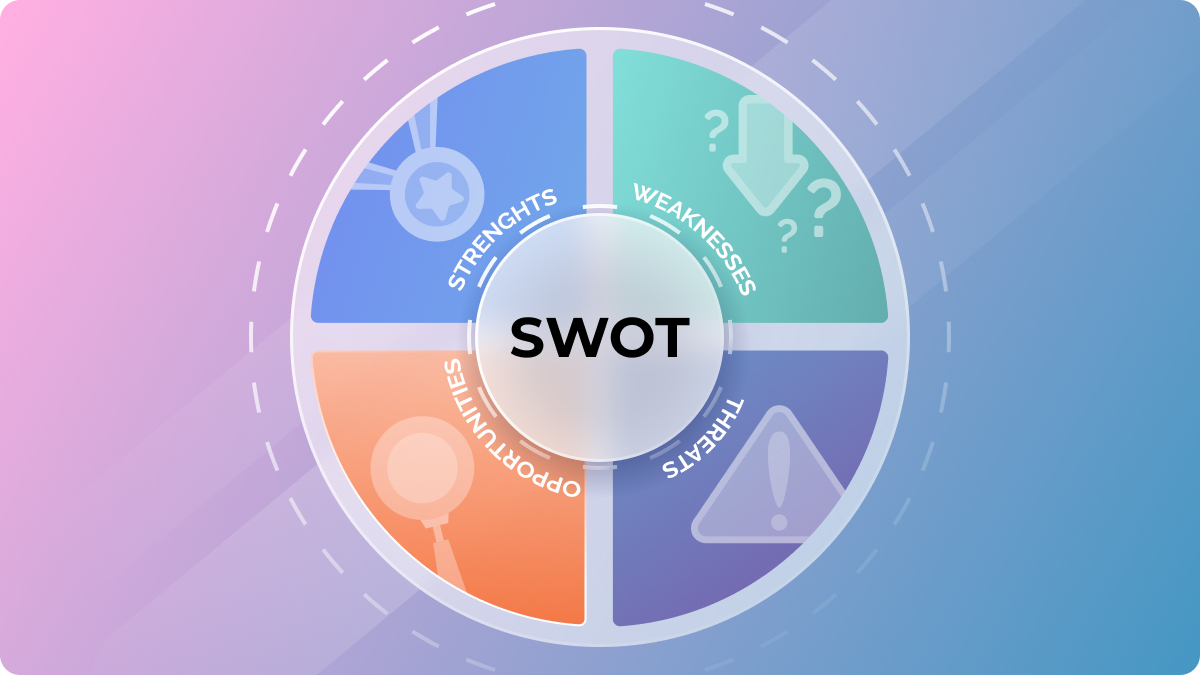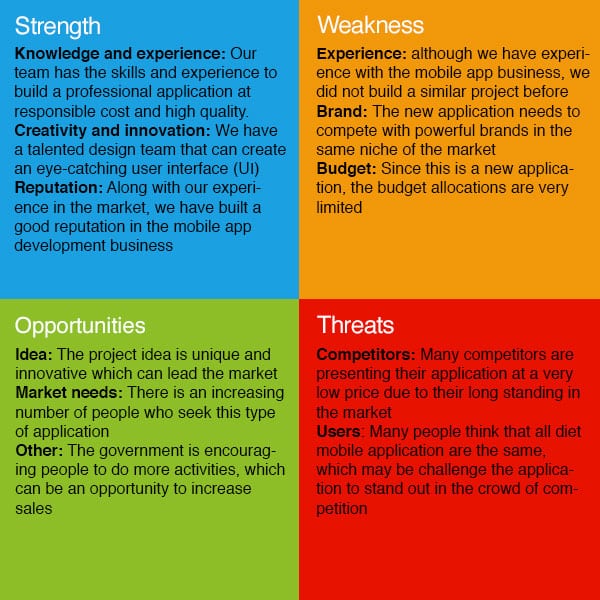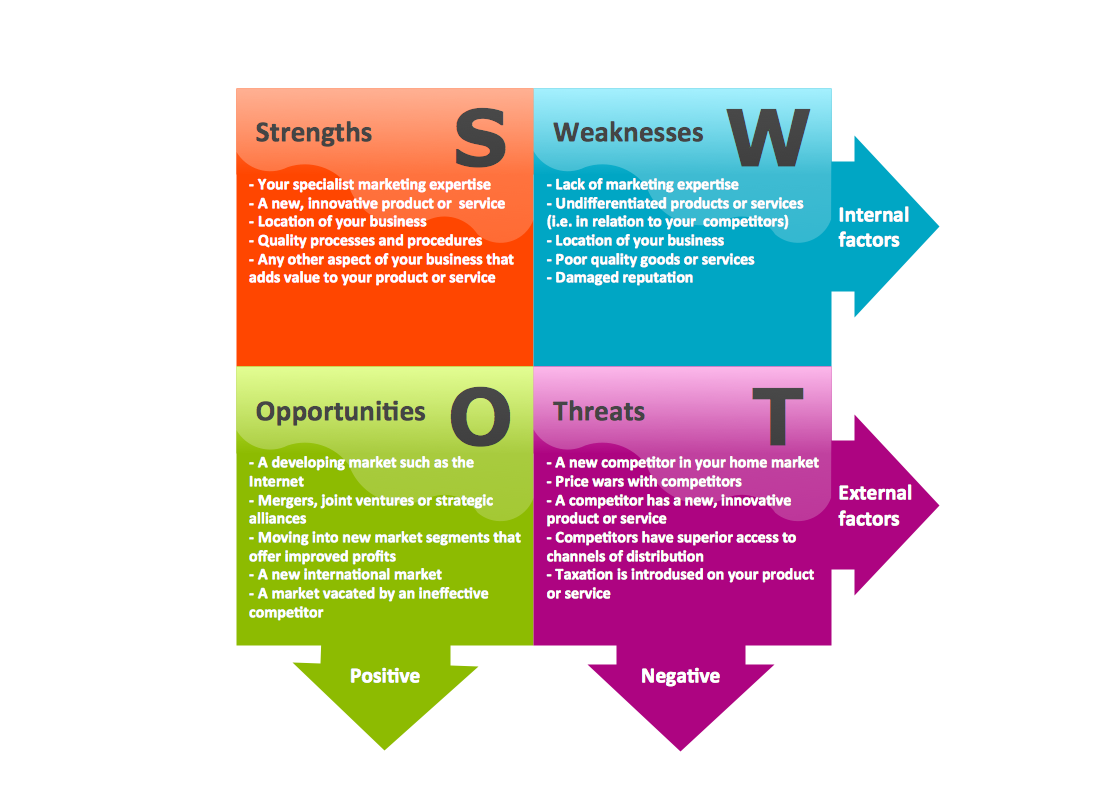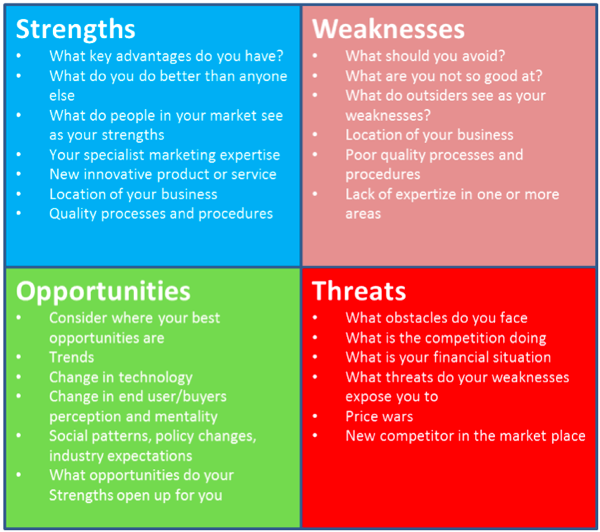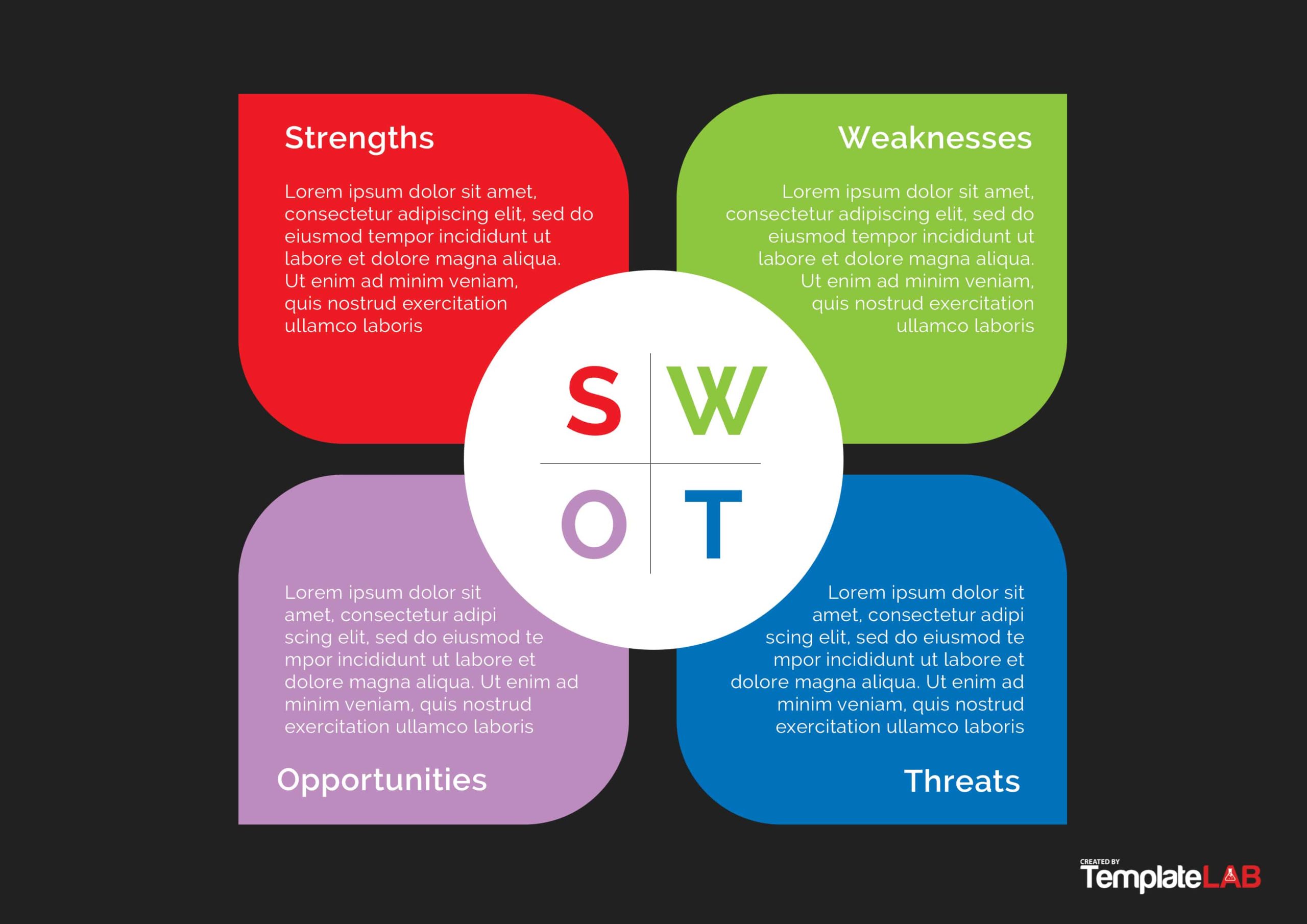Swot Analysis For Product Development

In an increasingly competitive marketplace, businesses are constantly seeking strategies to enhance product development and ensure successful market launches. One tool experiencing renewed focus is the SWOT analysis, a framework that helps organizations identify their Strengths, Weaknesses, Opportunities, and Threats.
The SWOT analysis provides a structured approach to assessing both internal and external factors impacting a product's potential. It allows development teams to make informed decisions, mitigate risks, and capitalize on favorable market conditions. This article examines the resurgence of SWOT in product development and its potential impact on business outcomes.
Understanding the SWOT Framework
The SWOT analysis is not a new concept. It has been used for decades in various business contexts. However, its application to product development is becoming more deliberate and data-driven, leveraging market research and competitor analysis.
Strengths represent the internal capabilities and resources that give a product a competitive advantage. These could include innovative technology, strong brand reputation, or efficient production processes.
Weaknesses are internal limitations that hinder a product's success. These might involve limited marketing reach, a high cost of production, or lack of specific expertise within the team.
Opportunities are external factors that a product can exploit to gain an advantage. These could be emerging market trends, unmet customer needs, or changes in regulations.
Threats are external factors that could negatively impact a product's success. These might involve aggressive competitors, economic downturns, or changing consumer preferences.
The Resurgence of SWOT in Product Development
Several factors contribute to the renewed emphasis on SWOT analysis. The increasing complexity of the market landscape demands more rigorous planning.
Furthermore, the availability of data and analytical tools allows for more accurate and insightful SWOT assessments. Product development teams can now leverage market research reports, customer feedback, and competitor intelligence to inform their analysis.
Many companies are integrating SWOT into their agile development processes. This allows for continuous assessment and adaptation throughout the product lifecycle. This iterative approach ensures the product remains aligned with market needs and competitive pressures.
How SWOT Impacts Product Development
The effective use of SWOT analysis can significantly impact product development outcomes. It helps to identify potential risks and opportunities early in the process.
By understanding their strengths and weaknesses, development teams can allocate resources more effectively. They can focus on leveraging their advantages and addressing areas for improvement.
SWOT also helps to prioritize features and functionalities based on market demand and competitive landscape. This ensures the product meets the needs of the target audience and offers a compelling value proposition.
Case Studies and Examples
Several companies have successfully used SWOT analysis to guide product development. For instance, a software company might identify a strength in its user-friendly interface and an opportunity in the growing demand for cloud-based solutions.
By leveraging these insights, the company can develop a cloud-based version of its software, capitalizing on its user-friendly interface. Conversely, a food manufacturer might identify a weakness in its limited distribution network and a threat from emerging health food brands.
In response, the company can invest in expanding its distribution channels and developing healthier product options. This would allow them to mitigate the threat and remain competitive.
Criticism and Limitations
Despite its benefits, the SWOT analysis is not without its limitations. It can be subjective and dependent on the accuracy of the information used.
Furthermore, it can be difficult to prioritize factors and translate them into concrete action plans. Some critics argue that SWOT can be too simplistic and fail to capture the nuances of complex business environments.
To address these limitations, organizations should use SWOT in conjunction with other analytical tools and rely on diverse perspectives to ensure a comprehensive assessment.
Looking Ahead
The SWOT analysis is likely to remain a valuable tool for product development. As markets become more dynamic and competitive, the need for structured planning and risk management will continue to grow.
Organizations that embrace SWOT and integrate it into their product development processes will be better positioned to create successful and sustainable products. The key lies in using the framework thoughtfully, combining it with data-driven insights, and adapting it to the specific context of each product and market.
Ultimately, the SWOT analysis provides a compass to navigate the complexities of product development, guiding organizations toward informed decisions and successful market outcomes.
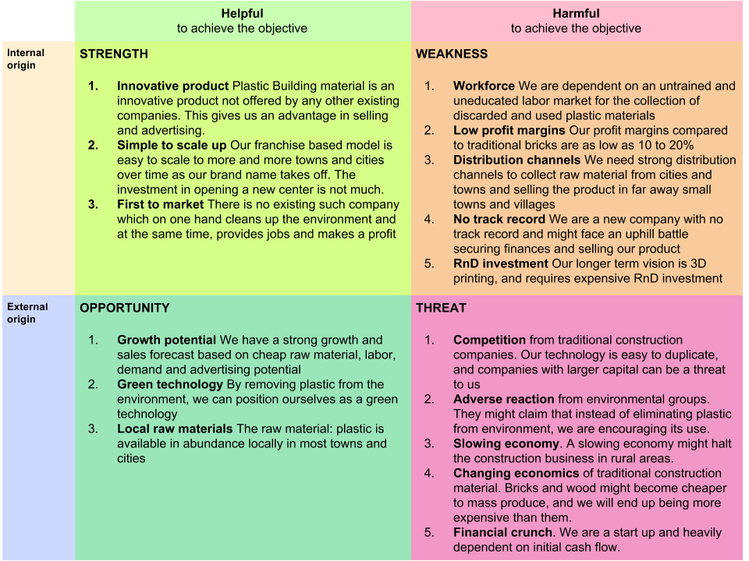
![Swot Analysis For Product Development SWOT Analysis: How To Do One [With Template & Examples] - Amplitude](https://blog.hubspot.com/hs-fs/hubfs/swot-analysis-apple.jpg?width=3000&height=2000&name=swot-analysis-apple.jpg)

